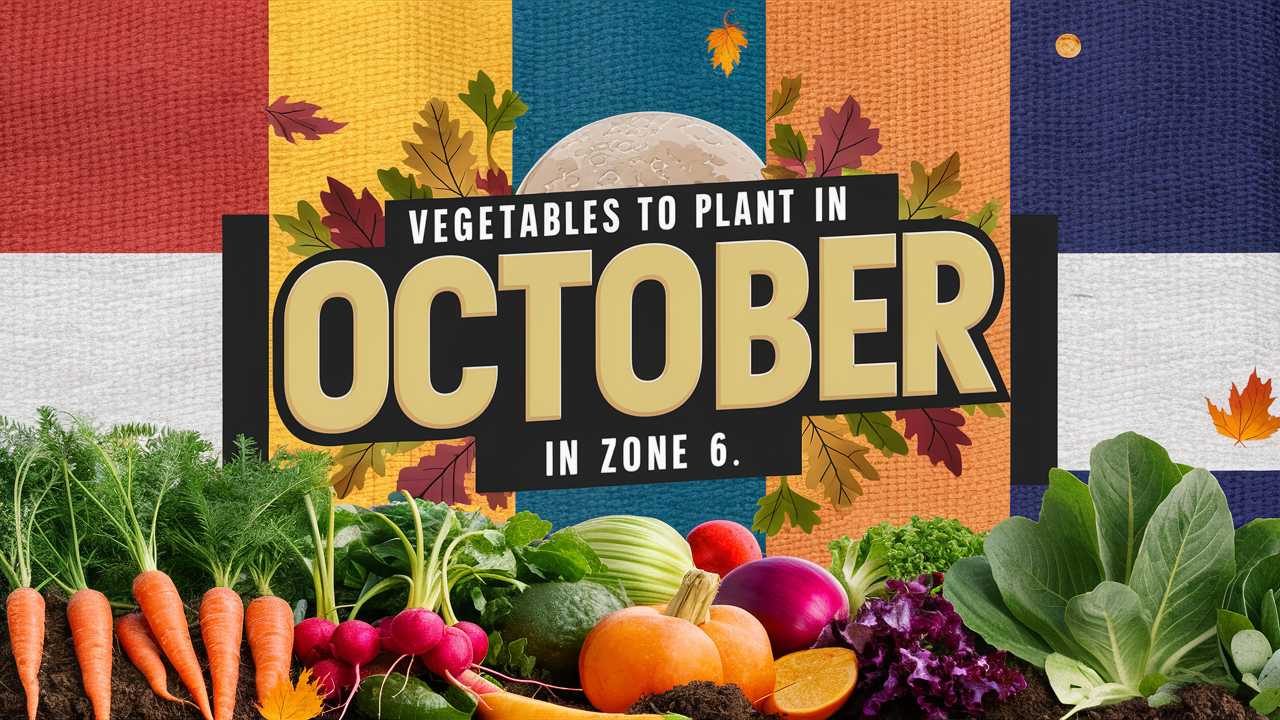In this post, we will dig into vegetables that thrive in October in Zone 6 and share tips on how to plant and care for them to ensure a bountiful harvest.
Leafy Greens
Spinach
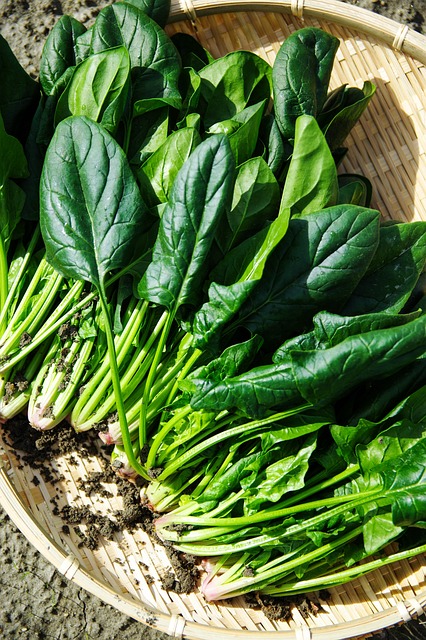
Spinach is a frost-tolerant vegetable that thrives in cooler weather. When planted in October, it can be harvested within six to eight weeks, making it a favorite for fall gardening. The tender leaves are packed with nutrients and flavor, ideal for salads, sautés, or smoothies. To plant, sow seeds about half an inch deep in well-drained soil. Regular watering and a layer of mulch can help retain moisture and promote healthy growth.
Lettuce
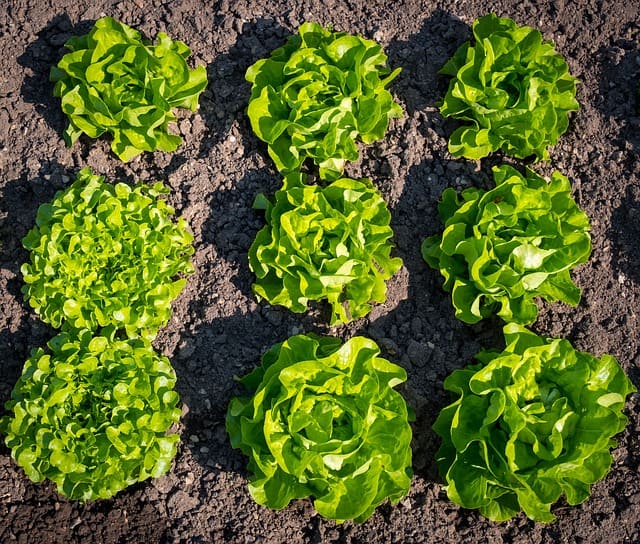
If you’re looking for a quick-growing green, lettuce is an excellent choice. October is ideal for sowing varieties like butterhead or loose-leaf lettuce, as they can sprout quickly even in cooler temperatures. Ensure you provide some protection from frost with row covers if the weather turns particularly chilly. Frequent harvesting encourages growth, so don’t be shy to snip away!
Kale
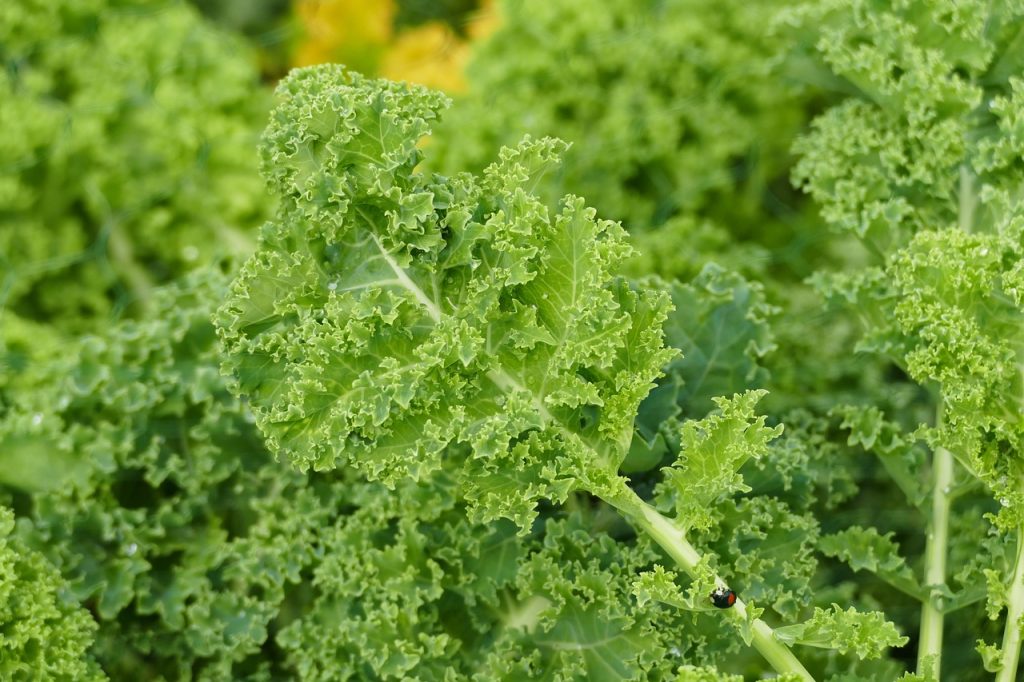
Kale is often touted as one of the hardiest leafy greens. It can withstand frost, and the cooler temperatures can enhance its flavor. Planting in October allows for a fall harvest, but if left in the ground, it can also be harvested well into winter. Sow seeds about half an inch deep and provide plenty of light by placing them in a sunny spot.
Root Vegetables
Carrots
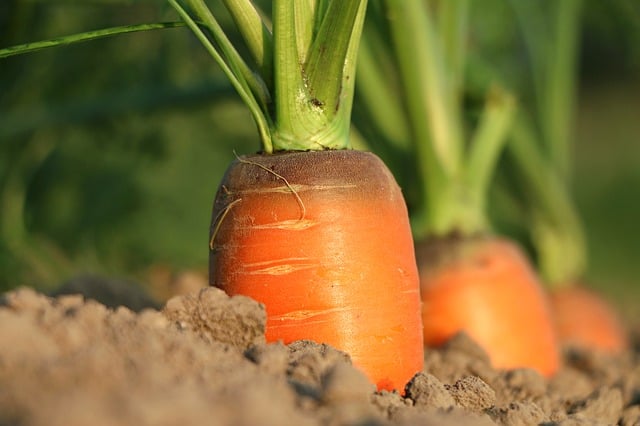
Carrots can be sown in October for a late-fall or early-spring harvest. While the ground may become hard with frost, mulching can help keep the soil workable. Choose a variety suited for cooler temperatures and sow seeds directly in well-tilled soil. Depending on the variety, you can expect a harvest in about 60 to 80 days.
Beets

Similar to carrots, beets thrive in cooler weather. When planted in October, they take advantage of the mild temperatures to develop sweet, tender roots. They can be directly sown into the soil, just about an inch deep. The greens are also edible, adding to their versatility.
Radishes
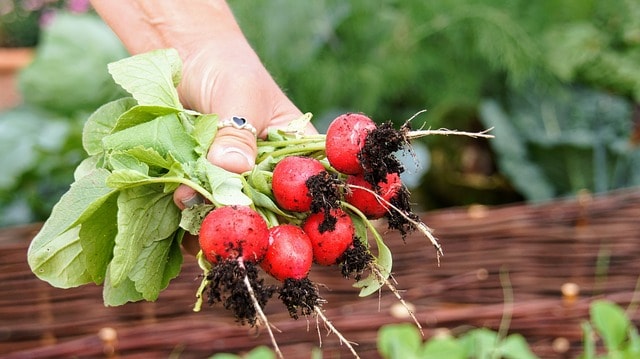
Radishes are incredibly quick to mature, often within 3 to 4 weeks. They love the cooler fall temperatures and can be sown directly in the garden from early September to mid-October. With a range of varieties to choose from, you can enjoy both classic red radishes and more unique types, like Black Spanish. They’re perfect for salads or a crisp snack.
Brassicas
Broccoli

Broccoli seedlings can be planted in October, but they may require protection from frost. If your garden is shielded from harsh winds and you provide a floating row cover, you can enjoy fresh broccoli quite late into the season. These nutrient-packed florets can be harvested within 55 to 80 days of sowing.
Cabbage
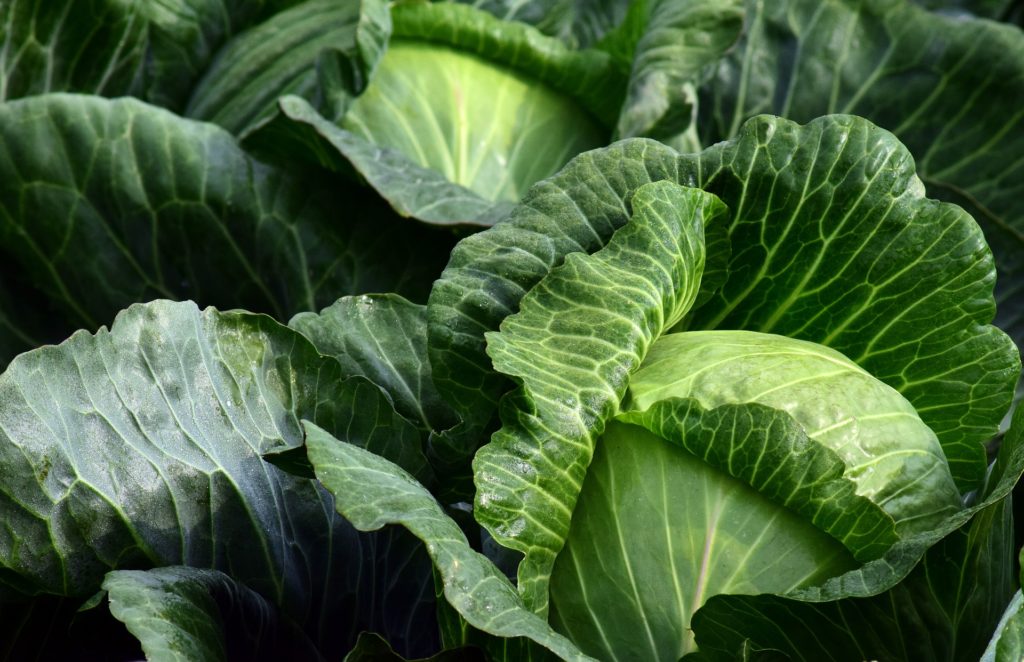
Cabbage is another resilient vegetable that can tolerate colder weather. When planted in October, start with seeds indoors and transplant them, or buy established seedlings from a nursery. They tend to appreciate the cooler temperatures as they mature. Plus, cabbage can last through winter with proper care, making it a valuable addition to your fall garden.
Brussels Sprouts
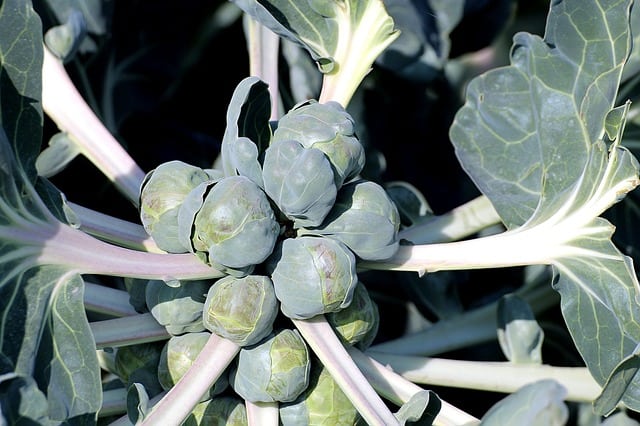
October is also a great time to plant Brussels sprouts, which thrive in cooler temperatures. Like cabbage, they benefit from frost, which can sweeten their flavor. They typically take longer to mature—around 80 to 100 days—but the waiting is worthwhile for this nutrient powerhouse.
Alliums
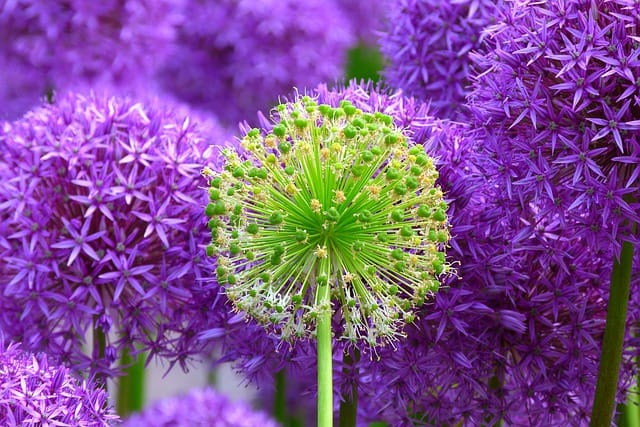
Garlic
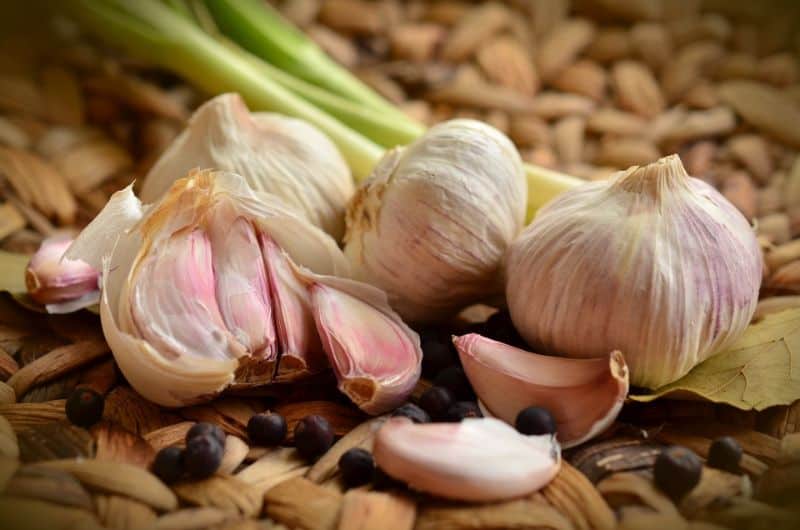
October is the ideal time to plant garlic in Zone 6. Fall planting allows garlic to establish a root system before winter arrives, which sets it up for growth in the spring. Select healthy cloves, plant them about 2 inches deep, and keep the soil moist. A layer of mulch can provide added insulation against frost.
Onions (Sets)
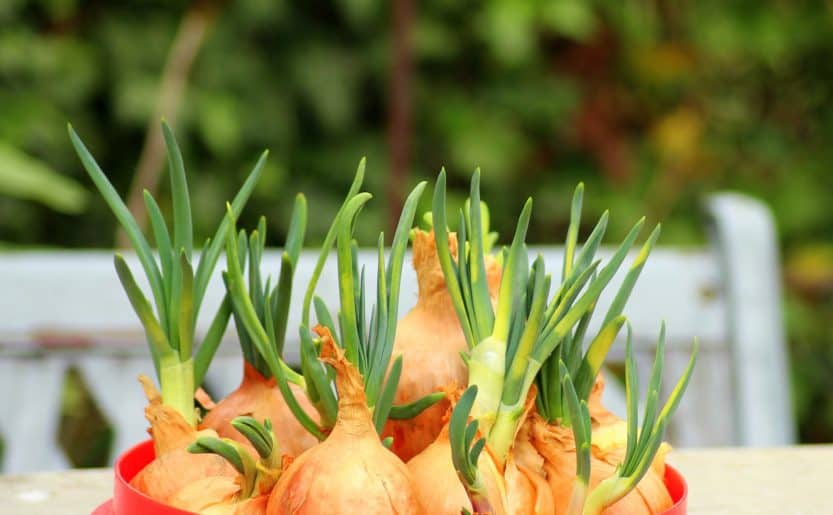
For a spring harvest, onion sets can be planted in October. These are young bulbs that require less growing time compared to starting from seed. Plant them about an inch deep, ensuring they are spaced adequately to provide room for growth. They’ll go dormant over winter and resume growth come spring.
Legumes
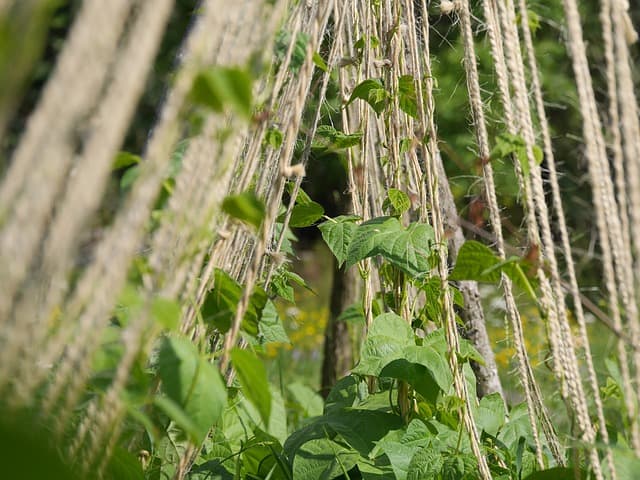
Fava Beans
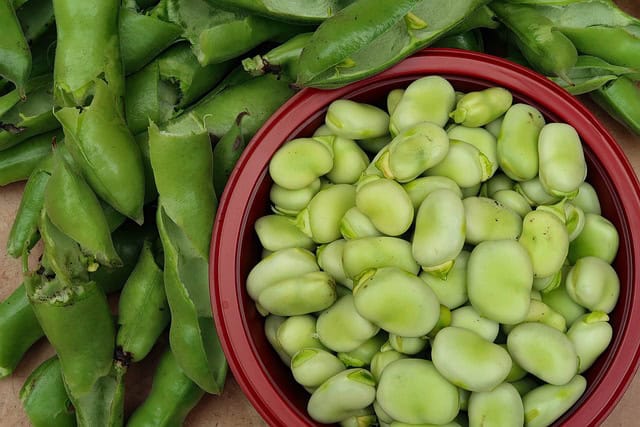
Unlike other beans, fava beans can be sown in the fall, providing a unique opportunity. They can tolerate cooler temperatures and even frost. They usually take about 70 days to mature, meaning you’ll see them sprouting well into winter, culminating in an early spring harvest. Plant seeds about an inch deep for the best results.
Peas (Sugar Snap and Snow)
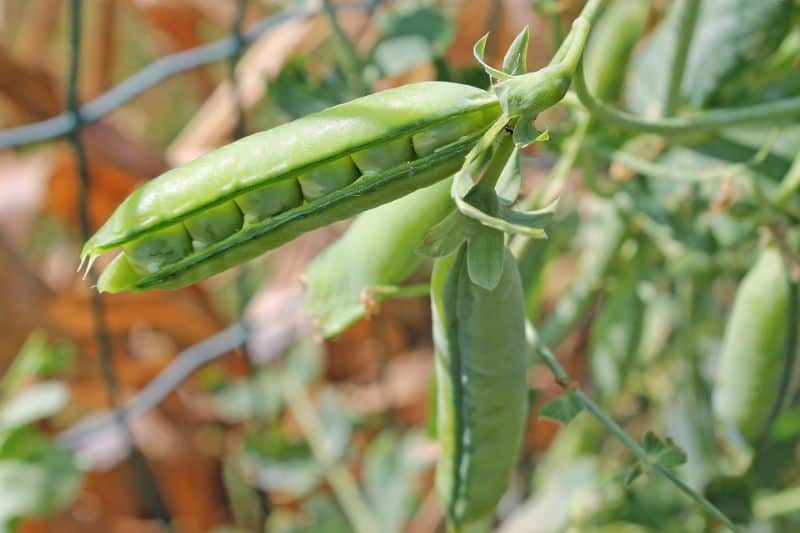
Peas can be planted late in the season, as they thrive in cooler climates. Whether you choose sugar snap or snow peas, planting in October allows you to enjoy fresh peas as soon as the spring thaw begins. Sow seeds about an inch deep, allowing plenty of space for climbing varieties to flourish.
Herbs
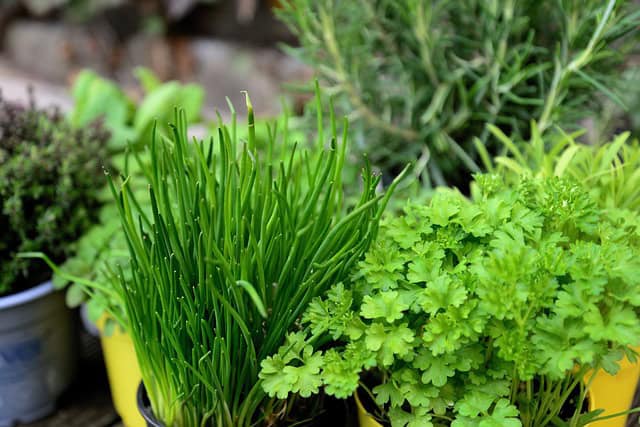
Chives
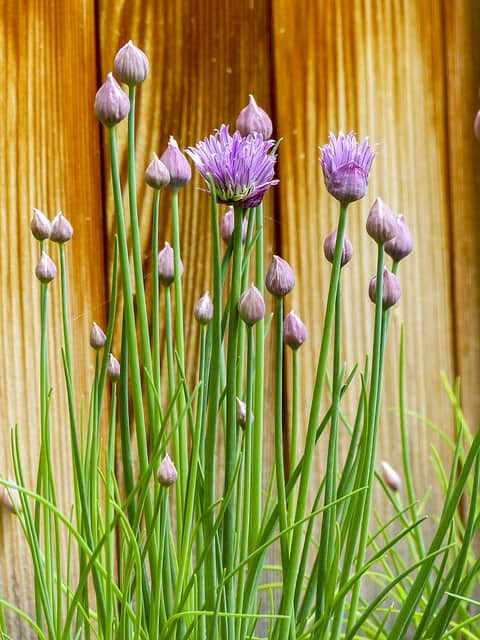
Chives are wonderfully resilient and can be planted in October. They will establish themselves and remain dormant through the winter, ready to spring to life when the temperature warms. These herbs are perfect for adding flavor to a multitude of dishes, and they grow well in pots, too.
Cilantro
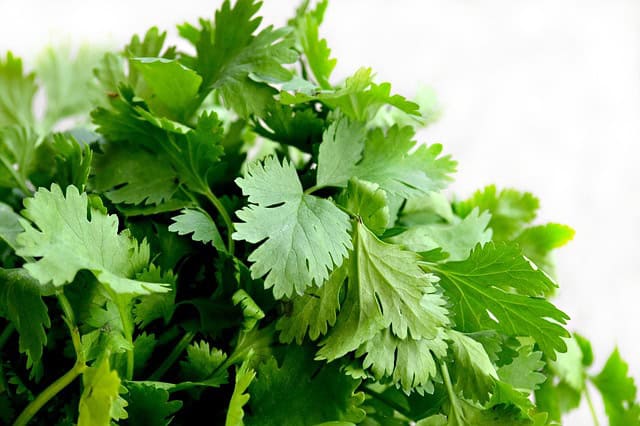
Cilantro is another herb that loves cooler weather. It can be planted in October for a continuous supply throughout the fall and early winter. Sow seeds about half an inch deep, and you’ll be rewarded with aromatic leaves that elevate your meals, especially in salsa and salads.
Preparing Your Garden for Autumn

As you plant these amazing vegetables this October, it’s essential to prepare your garden for the imminent colder months. Here are some tips:
Soil Preparation

Ensure your soil is well-drained and enriched with organic matter, such as compost. This not only aids plant growth but also ensures additional nutrients are available as the winter progresses.
Mulching
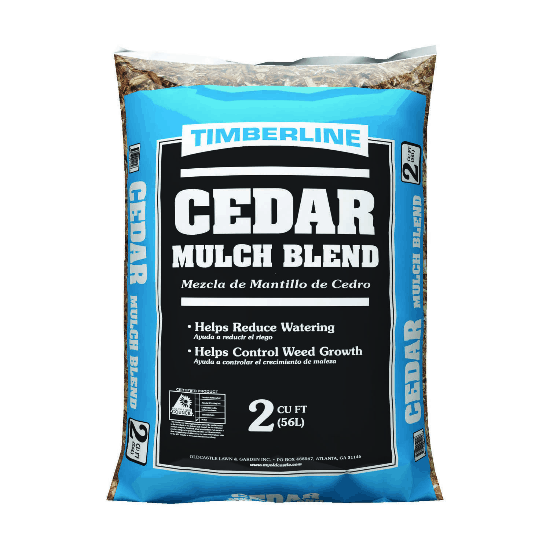
Mulching can drastically improve your garden’s performance during the fall and winter. Use straw, wood chips, or leaves to create a protective layer over your young vegetables. This will help regulate soil temperature and retain moisture.
Watering Schedule
October might bring sporadic rain, but it’s still crucial to monitor the water needs of your plants. Young seedlings need consistent moisture, especially as temperatures begin to fluctuate. Remember to adjust your watering schedule based on the rainfall and the specific needs of your vegetables.
Pest Management
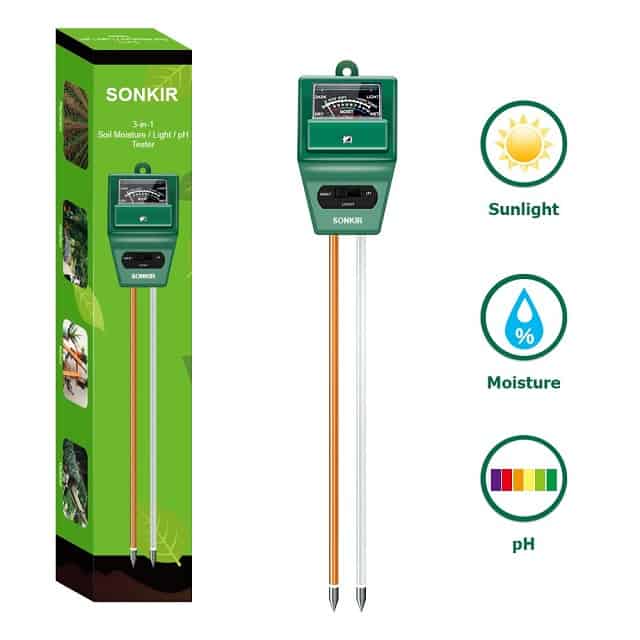
Autumn may usher in a decline in pest populations, but it doesn’t mean they disappear altogether. Regularly inspecting your plants for signs of pests or diseases can prevent a small problem from becoming a larger one. Employ organic solutions for pest control when necessary.
Frost Protection

Frost can be a gardener’s bane, but several techniques can provide some safeguards. Row covers, cloches, or even simple plastic sheets can protect tender seedlings from unexpected frosts. Keep an eye on the weather and act accordingly.
Harvesting and Storing Vegetables
As your vegetables grow through the fall and winter, it’s important to know when and how to harvest. Many of the crops planted in October will be ready for harvest in late fall and spring, bringing a sense of satisfaction as you enjoy the fruits of your labor.
Harvesting Techniques
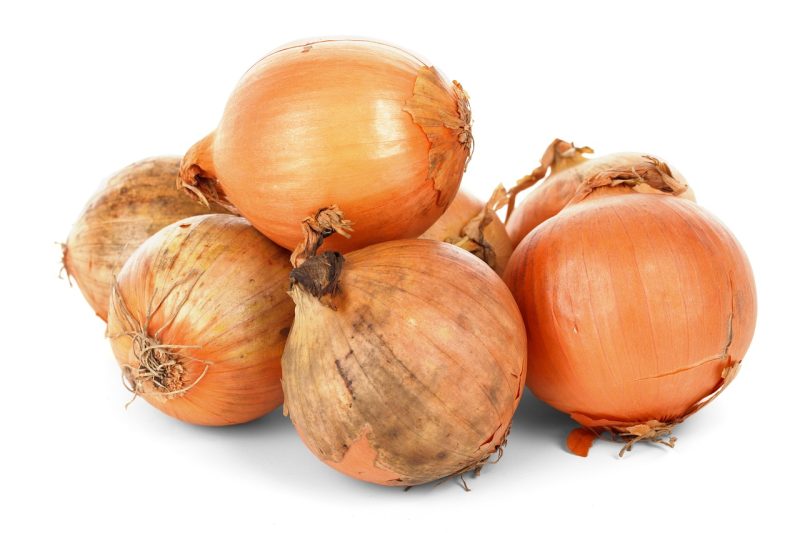
Be gentle when harvesting your vegetables, especially root crops like beets and carrots. Use a garden fork to avoid damaging the vegetables while loosening the soil around them. For leafy greens, snip leaves off at their base to encourage regrowth.
Storing Fresh Produce
Proper storage is crucial to maintaining the freshness of your harvest. Root vegetables can be kept in a cool, dark place, while leafy greens benefit from being stored in the refrigerator within a sealed container or bag. Proper drying for herbs can also extend their shelf life—hang them in a warm, dry place until they’re brittle before storing them in containers.
Reflecting on the Season
October gardening is a delightful way to embrace the changing seasons while still being productive. Planting these 20 vegetables not only fills your plate but also connects you with the natural rhythms of the earth. As you nurture your crops into the winter months, take a moment to appreciate the beauty of your garden and the joy it brings to you and your family.


